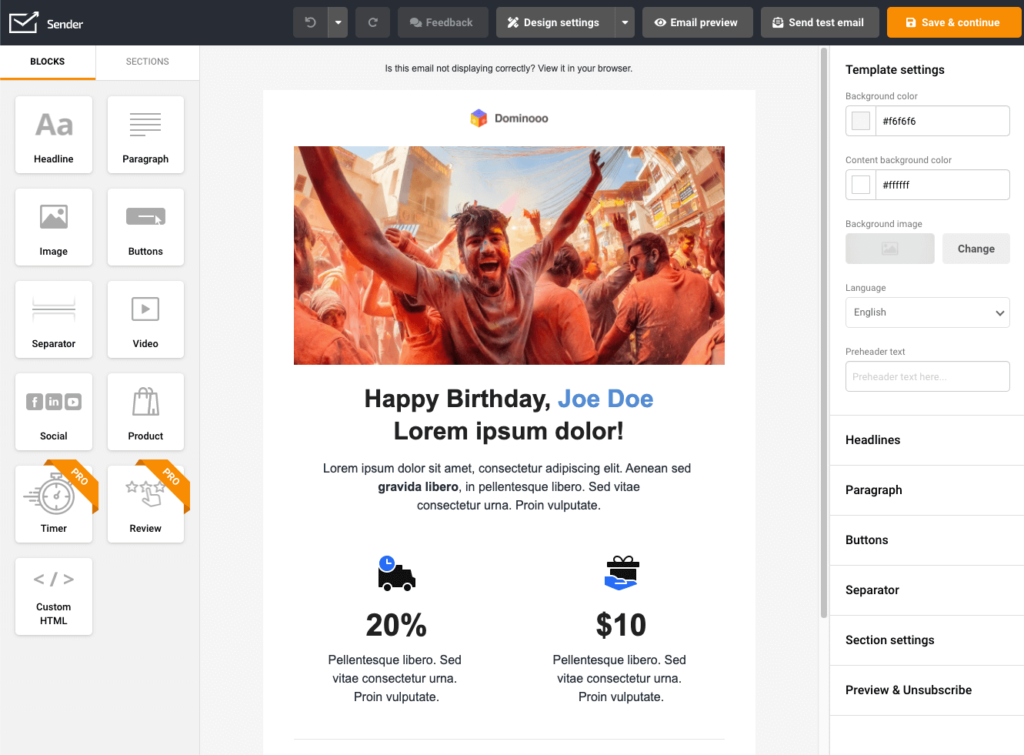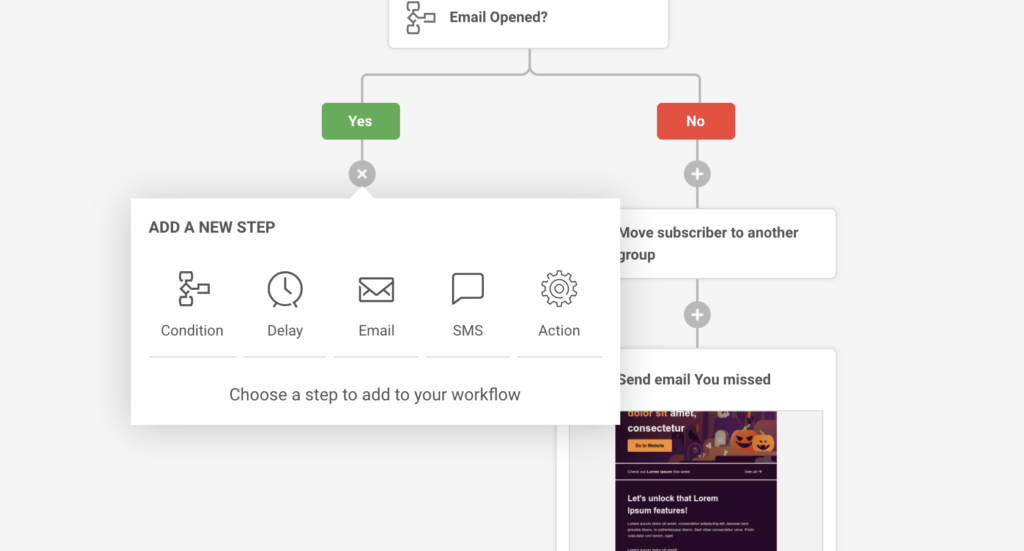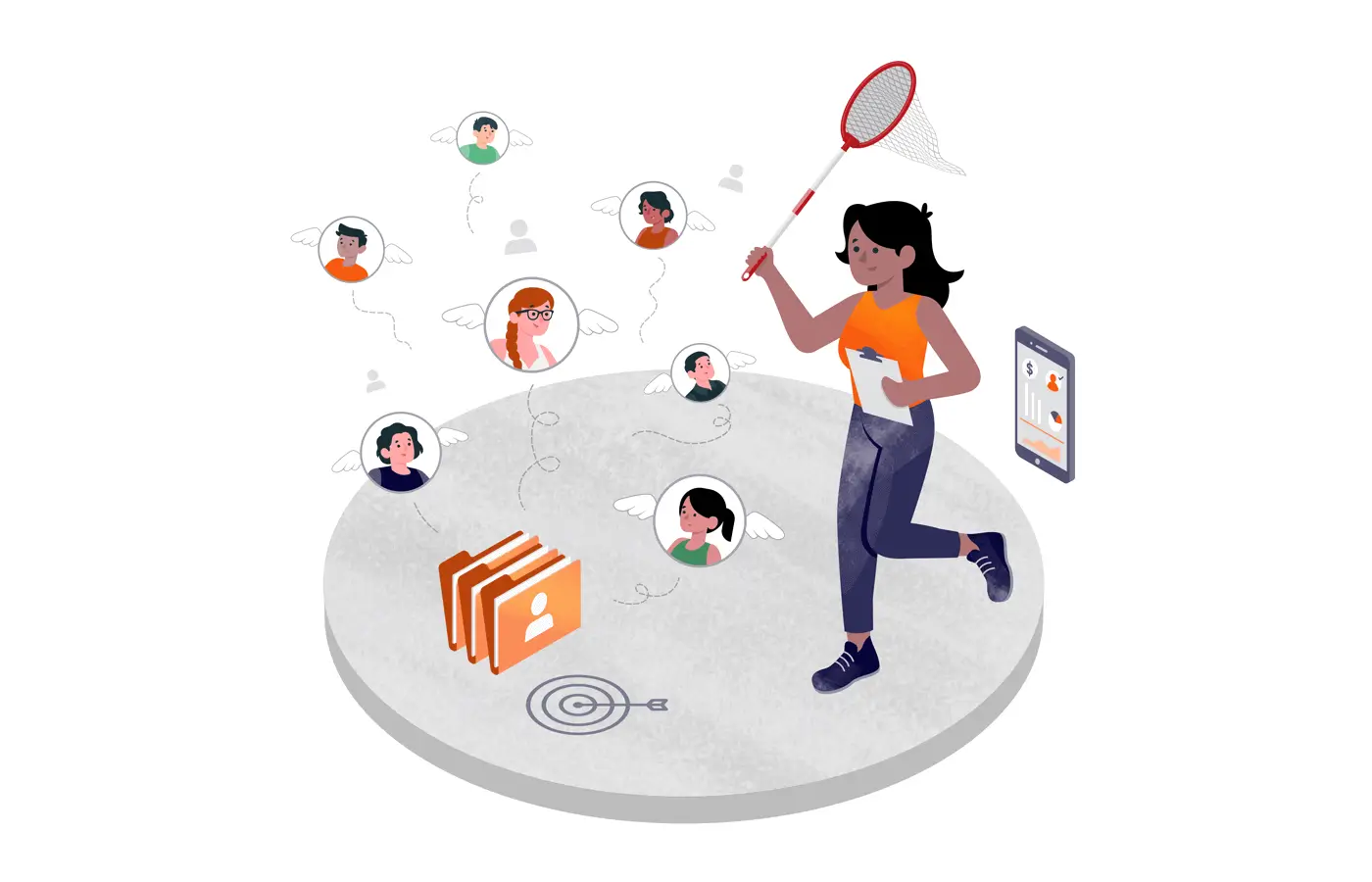It is important to be able to recognize customer types, and no one is likely to argue with that. The skill itself is not difficult to master.
It is more important to choose the right classification system (or develop your own), based on which you will create a methodology for recognition. This is the optimal solution that will best fit the specifics of your business. In this article, we will discuss what a prospective customer is and how to turn him or her into a client.
Prospective Customer Definition
Prospective customers are your target audience for whom you create products or services. They haven’t bought anything from you yet, but they have become your leads. And they will become your clients when you set up your advertising campaigns correctly.
Prospective customers are essentially your strategic rate of return, and you just have to learn how to extract it. There are different approaches to how to find and attracting prospective customers.
Prospective Customer vs Lead
Now questions like “What is the difference between prospective customers and leads?” are of concern to many business owners. They began to arise after many companies began to use the phrases “Lead” and “Prospective Customers” in their service offerings, completely without understanding their critical differences.
Both terms denote the common essence – these are potential clients. The main difference is their degree of willingness and interest to move on through your sales funnel. In other words, their liquidity – the rate at which they turn into real money. Distinctive features of prospective customers:
- Prospective customer is closer in the sales funnel to a deal;
- Prospective customer has fewer questions and negativity about your product;
- Prospective customer is more loyal to your company’s product/service than to the competitor’s.
Every company faces leads and prospective customers in its business. Now we hope you understand the difference between leads and prospective customers.
How To Target Prospective New Client
Starting entrepreneurs often face the problem of how to target prospective customers. But nowadays it is very easy to find prospective customers through the Internet. So, how to target prospective customers?
Analyze Your Customer Base
At the heart of any company’s success is the right customer relations strategy. Business grows as the customer base grows and relationships with customers become stronger. Customer satisfaction becomes a key factor in ensuring and maintaining the company’s competitiveness.
As you know, not all customers are equally useful. The well-known Pareto’s rule says that only 20% of available customers provide 80% of total profits. Modern calculations often show slightly different results, but the original meaning remains: working with a smaller portion of customers provides a larger share of the profits.
In this regard, it is becoming increasingly important to collect and analyze customer data to have a complete picture of what, when, and how much he or she bought and how satisfied he or she is with your cooperation. This information allows you to predict customer behavior and determine the prospects for further development of the relationship.
Capture Your Competitors’ Audiences
People who love your competitors’ products could easily fall in love with yours too. Find out who they are. For this purpose, you should browse through competitors’ social media accounts and research their content, comments, and followers’ profiles. Also, look at your competitors’ promotional content. Knowing what their customers like about the product gives you clues to things customers value that you can implement.
Create Buyers Persona
A buyer persona is a description of a fictional persona that describes in detail the ideal customer of a particular company.
The purpose of creating a buyer persona is to get the most accurate picture of the people who buy your product. Until you understand who they are and what they have in common with each other, you cannot be completely confident in the right tone of communication with your prospective customers and other marketing activities. A buyer persona is usually drawn from the personality characteristics of the actual customer and/or based on extensive research.
Knowing your prospective customers will allow you to publish blog posts, send emails, or create a landing page that will give you a much higher conversion rate.
It’s important to note that a company may have multiple buyer personas. And that’s perfectly fine. A product or service may be well suited to more than one type of person, so that each type will need a different consumer portrait. Customer data analytics helps to create several buyer personas easily.
Also read: What is Target Audience? Examples, Strategies
Want to turn prospects into loyal customers? With Sender you can nurture them with personalized, targeted email campaigns without a hassle.

How to Turn Prospects into Clients?
Sales is a crazy, fast-paced, and stressful field of work. You are constantly being asked for more leads, higher conversions, and profitability. The quality of leads is the secret ingredient in the sales process. So, how to turn prospects into clients?
Use Omnichannel Communication
Omnichannel is a model that links different channels of communication with the customer into a single system. Its main principle is an integrated approach, where the focus is shifted from any particular interaction channel or traffic source to the customer and the user experience. Usually, the sales funnel is drawn according to the scheme:
Attention – Interest – Desire – Action
But this model is not always true. The customer can skip some steps, get distracted by competitors, change his or her decision, navigate to the website repeatedly using different channels, and so on. That’s why it’s necessary to link all channels into a single system.
There are a lot of factors that influence a customer’s decision. So to understand this better, let’s look at an example.
A company that sells transformers received a large order with a full upfront payment. And there was more than one channel involved:
- The customer saw a PPC advertisement leading to the webpage and clicked on the link. But the product he or she wanted was out of stock. He or she got a little upset but left an email address for the newsletter.
- After a while, the client got a newsletter from the company with a digital catalog of products, where he or she saw transformers with a discount.
- A week later, the customer noticed the remarketing campaign on Facebook and remembered again his or her desire to buy the product.
- After another 3 days, he or she prepaid and ordered transformers.
Which channel was more effective is hard to say. PPC advertising, landing page, email campaign, and remarketing – all influenced the client’s decision.
Also read:
- 11+ Omnichannel Customer Engagement Strategies & Definition
- What is Omnichannel Marketing? 4 Great Strategies
Focus on Customer-Centric Communication
Usually, companies tend to focus only on the customer (“customer-focused” approach), but do not see them as the reason and purpose of what they do (“customer-centric” approach). You might think this is just a pun, but there’s a big difference between these two approaches.
- Customer-focused brands think only about providing services or products for their customers. The relationship between the brand and its customers is more transactional: the customer pays for the product or service, and the company fulfills its obligations.
- Customer-centric brands see each new customer as a member of their family. Such companies strive not only to meet the needs of their customers. They make every experience with the brand a great one.
Another major difference between these approaches is that customer-focused organizations tend to think reactive, while customer-centric firms are proactive in their operations. Yes, a “customer-focused” company will always try to give the customer exactly what they expect to get. But they won’t do anything until the customer clearly articulates their desires. In contrast, customer-centric firms can anticipate the needs of their customers and meet them before they have even asked for them.
Onboard Your Clients
According to Harvard Business School, 95% of purchasing decisions occur in our subconscious mind, which makes emotional stories more powerful than facts. At the same time, according to Search Engine Land, 88% of consumers trust user reviews as much as personal recommendations. So, to onboard your clients, you should combine storytelling and social proof. Together they can greatly influence your selling processes.
Automate Your Communication
A chatbot is an automatic system for communicating with users. In other words, it is a robot that helps clients solve various tasks. For example, to place an order in an online store. Here are examples of their standard functions: remind about a promotion, accept a request, help to make an order, cancel an appointment, confirm delivery, record user responses, classify a lead, and send information to CRM.
Users like to communicate with companies through messengers. The Twilio platform surveyed six thousands of people and found that 85% of them would like to be able to contact support through messaging. According to the latest data, 56% of customers would prefer messenger to a call to the hotline, and 51% expect an instant response from the company at any time of day or night.
For users, chatbots mean 24/7 support and quick answers to questions. For businesses, it’s increased sales and customer service without the cost of agents.
When you use an email marketing tool like Sender, automation is even easier than you think. Combine emails and SMSes into a tightly-knit automation sequence to create the perfect high-conversion engine for your business.

Take it for a spin with zero financial commitment. The FREE Forever plan grants you up to 15,000 emails a month to up to 2,500 contacts absolutely free of cost and complete functionality, including marketing automation.
Prospective Customer Example
So, a prospective customer is someone who is not yet a customer but who has the potential to become one. If you own a candy store and a child visited it but has not yet made a purchase, he or she is a prospective customer. At the same time, by sending them promotion fliers to make them buy more, you are trying to turn prospective customers into actual customers.
Prospective Customer vs. Potential Customer
What is the difference between potential and prospective customers? A potential customer is someone who could, in principle, become your customer. Most likely, he or she simply meets some set (predetermined) criteria. For example, if you sell cars, anyone with enough money is your potential customer.
A prospective customer is different in that he or she can become your customer. That is, in the example of cars, it is a person who not only has money but also a desire to change his or her car for a new one or buy a new one if he or she has no car at all.
Also read:
- 8 Best Email List Management Software & Practices for Business
- 5 Best Newsletter Plugins for WordPress in 2023 (Free & Paid)
- 12 Effective Newsletter Signup Examples & Popup Form
Content Contributor Stacey Wonder is a freelance blogger from California. She usually writes on educational topics, career, self-development, and writing. When not busy with her projects, Stacey creates detective stories. She dreams of becoming a well-known writer one day.
